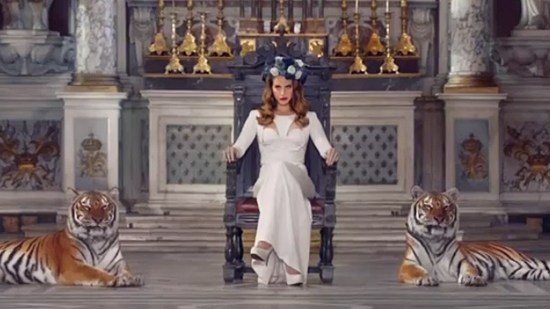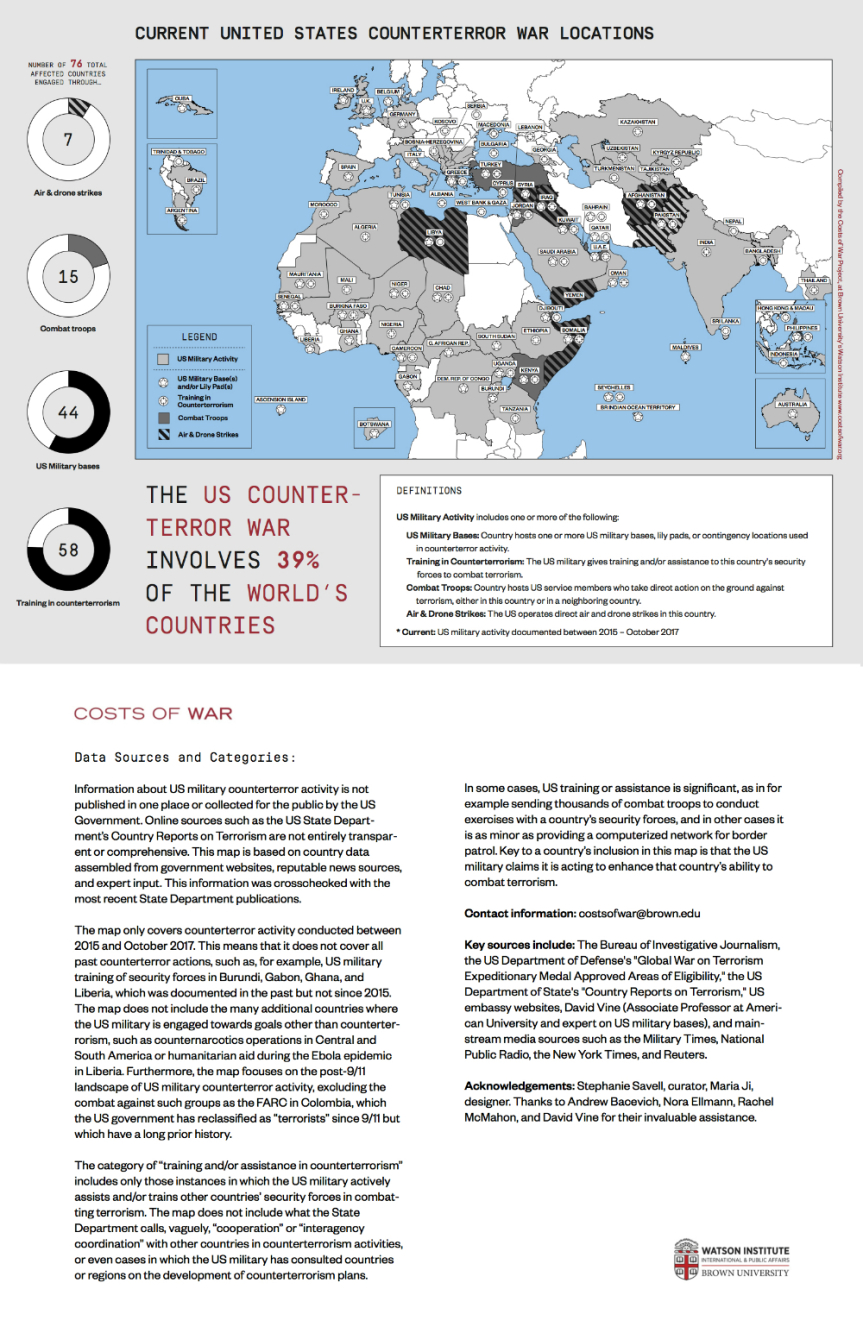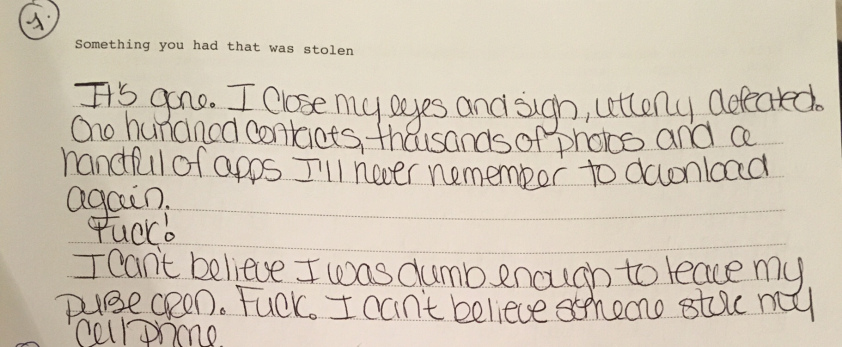
Lana Del Rey remained a mystery to fans and music critics ever since her debut album Born to Die was released to the public in 2012. Her first single “Video Games” a slow, nostalgic, theatrical, love-ballad was released on her YouTube account a year prior and was a viral hit leading to mass amounts of both hype and hate directed her way. At that time, Del Rey had already formed a devoted and defensive fanbase, however, this was not enough to stop nearly every music website from absolutely trashing her and her first album in their reviews. Rollingstone.com gave her album 2 stars out 5 with critic Rob Sheffield writing in his opening paragraph, “She’s a starlet to music bloggers, who’ve been buzzing over her for the past year. But for the rest of us, she’s just another aspiring singer who wasn’t ready to make an album yet. Given her chic image, it’s a surprise how dull, dreary and pop-starved Born to Die is. It goes for folky trip-hop ballads with a tragic vibe, kinda like Beth Orton used to do. Except she could sing.” Critics also commented on the perceived lack of authenticity in her music and image. In her songs, Del Rey portrayed herself as a sort of wild, longing, sensual, “bad girl” and yet in her SNL performance of “Video Games” she came off as shy, uncomfortable, and lacking in any grace or stage presence. NBC anchor Brian William’s commented about the performance saying, “Brooklyn hipster Lana Del Rey had one of the worst outings in SNL history last night– booked on the strength of her TWO SONG web EP, the least-experienced musical guest in the show’s history, for starters…” In 2012, Lana Del Rey was either a fresh new interesting voice or talentless, inauthentic hack.
It’s interesting to go back to a time where Lana Del Rey was at her most hated, seeing how much she has redeemed herself in the public eye since then. People were not used to her strange vocals, unsure of her motifs and intents, and wary of the themes she employed in her music. In 2014, she released her second album Ultraviolence, which received a review of 7.1 from pitchfork’s executive editor Mark Richardson. He writes “The follow-up to Born to Die finds Lana Del Rey in ballad mode, finding new synergy between the character she presents to the world and the content of the songs.” In Ultraviolence, Lana Del Rey continues to explore themes of Americana, nostalgia for old Hollywood, toxic relationships, money, power, love, danger and thrill, only this time the music is guided by jazz and guitar and Brooklyn and West Coast landscapes. Before this album was released, Lana Del Rey had previously expressed that she would not make another album after Born to Die’s backlash. However, she was ultimately not dissuaded from creating more music. What is interesting about Ultraviolence is that Del Rey seems to take the image that she created, as well as the image the image that was thrust onto her by the public and run with it. Critics noted how she still sang on about “bad boys” and abuse, and yet at the same time, seemed to be poking fun at either herself and the image that was given to her as a hipster musician wannabe. This is seen in tracks like “Brooklyn Baby,” “Money Power Glory,” and “Fucked My Way Up To The Top” The song “Brooklyn Baby” carries the lyrics “Well, my boyfriend’s in a band/ He plays guitar while I sing Lou Reed/ I’ve got feathers in my hair/ I get down to Beat poetry” Reviewer Richardson touches on this further in his pitchfork album review writing,“Is Del Rey taking the piss, making fun of lifestyle accessories as a source of identity? Or is she celebrating these icons, the way she has so many others, reveling in the colorful tapestry that is American popular culture?Turns out these are the wrong questions. When lines like these pop up on the record, I find myself chuckling, sometimes laughing out loud, which might seem odd on an album about sadness. But that says something about how strange Del Rey’s music can be, and the internal coherence of the worlds she creates.” The release of Ultraviolence definitely resulted in a shift in perception regarding Lana Del Rey. Whereas during her Born to Die era, many assumed she was naïve or being created by a label, Ultraviolence offered the alternative perspective which was that Lana Del Rey was, in fact, authentic, but in her own way, and that she knew what she was trying to achieve.
Her third album Honeymoon came quickly after her previous album in 2015. The reviews were great. With album review titles like Billboard’s “Lana Del Rey’s Noirish ‘Honeymoon’ Proves She Shouldn’t Be Underestimated” and Rolling Stone’s 4 out of 5 star rating it is clear that Lana Del Rey had finally proven herself. Honeymoon was described in pitchforks album review as being “Lana Del Rey’s purest album-length expression, and her most artistic one” and goes on to describe Honeymoon as darker than her previous albums, “and the pall does not lift for its 60-plus minutes. It’s an album about love, but “love”, as Del Rey sings it, sounds like mourning. The romance here is closer to addiction—something that’s sought for its ability to blot out the rest of life’s miseries.” Lana Del Rey’s third album deals with themes of desperation, love, violence, resentment, etc, while still being seeped in escapist, nostalgic, and cinematic instrumentals that are a staple to Lana Del Rey. She covers Nina Simone’s “The Other Woman” as well as “Don’t Let Me Be Misunderstood” which ends up being the last track of the album. The first track is “Honeymoon” which is sad and slow and haunting, where she sings the lines “Our honeymoon/say you want me too” slowly as her chorus while ending the track with the lines “Dreaming away your life…” The album is very melancholic and sometimes jaded, but Lana Del Rey is a hopeless romantic, not just for love, but for everything.
Finally, we come to Lust For Life her newest album which was released in July of this year. Lust For Life is an album that is different from the rest of Lana Del Rey’s albums. For the first time, Lana Del Rey attempts to stray out of her usual tendency for introspection and turns her gaze out to the world and what is going on in it. It is not a political album, but many of the songs reflect a reaction to the changing political landscape and Lana Del Rey’s attempt to work through that with songs like “Coachella-Woodstock In My Mind” and “When The World Was At War We Kept Dancing” and “Love,” a song that is directed to the youth of today. This album cycle is also different in that Lana Del Rey has been much more open to longer, more revealing interviews. The mystery of Lana Del Rey is slowly being uncovered, but just in that fans and critics are getting to know her better. When asked in a Pitchfork interview about her themes of nostalgia and how it can be corny if done wrong, Lana replies “I know I walk the line sometimes. [laughs] I saw comments that people said about my little “Coachella – Woodstock in my Mind” song. I write that title and I’m like, OK, I know I went there. But I think it’s amazing. It’s on the nose. It’s so on the nose. But sometimes things just are what they are. I’m at Coachella for three days, and North Korea is pointing a missile at us, and I’m watching Father John Misty with my best friend, who’s his wife—that’s all I’m literally saying.” Lana Del Rey was never not self-aware, she knows how she is perceived, but she won’t edit herself because of it. Lust for Life also differs from her other albums in that it includes features from other artists which include The Weeknd, Stevie Nicks, Sean Ono Lennon, and A$AP Rocky. On the cover Lust For Life, Lana Del Rey wears a big smile. This is another, much-noted difference, suggesting a lightening up of Del Rey’s content. She stands in front of the same type of car she stood in front of on the cover of Born to Die, only that time her face was hard. Lust for Life might be lighter, but with songs like “Heroin” “Change” and “Get Free” she offers songs that are complex and imaginative while still delivering the kind of love and longing songs she is known for which is seen in “Cherry” and “White Mustang.”
Lana Del Rey has come a long way from being the 25-year-old new artist everyone was willing to throw away after her first album. By pursuing her art and her vision, she was able to craft a personal mythology and narrative around herself, which led to four compelling and unique albums.






